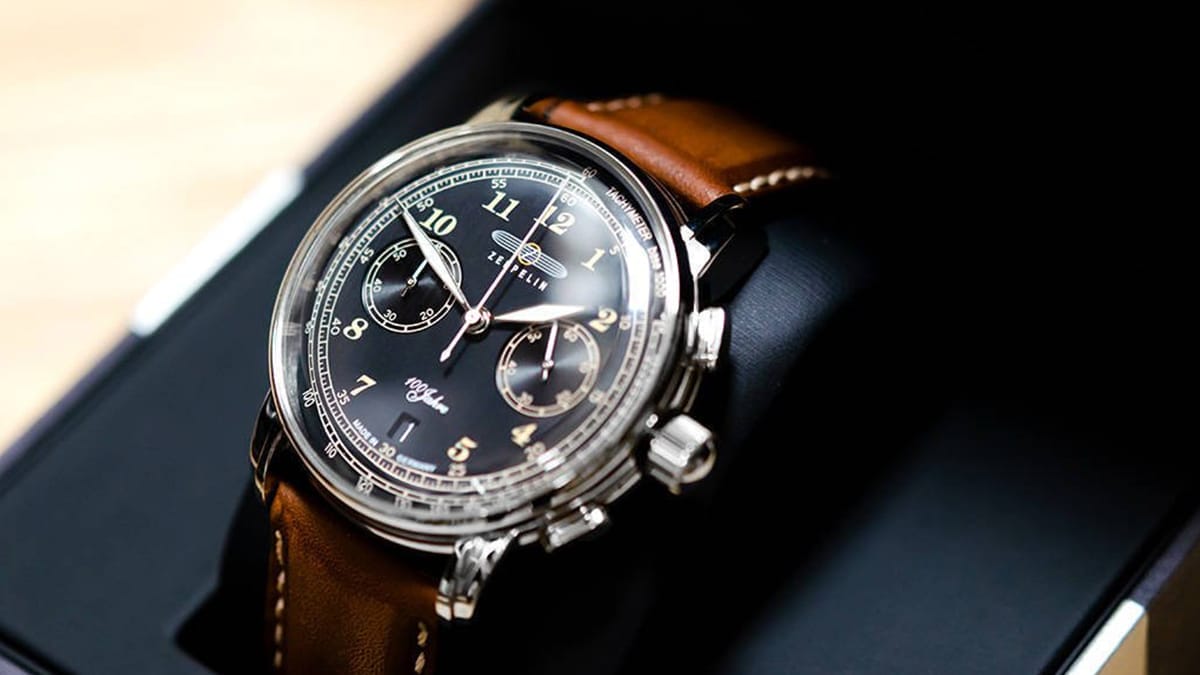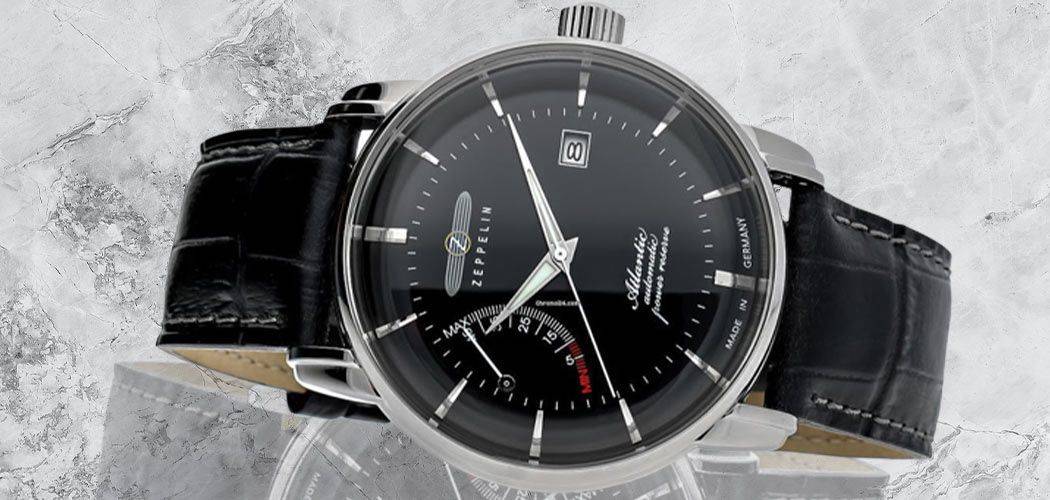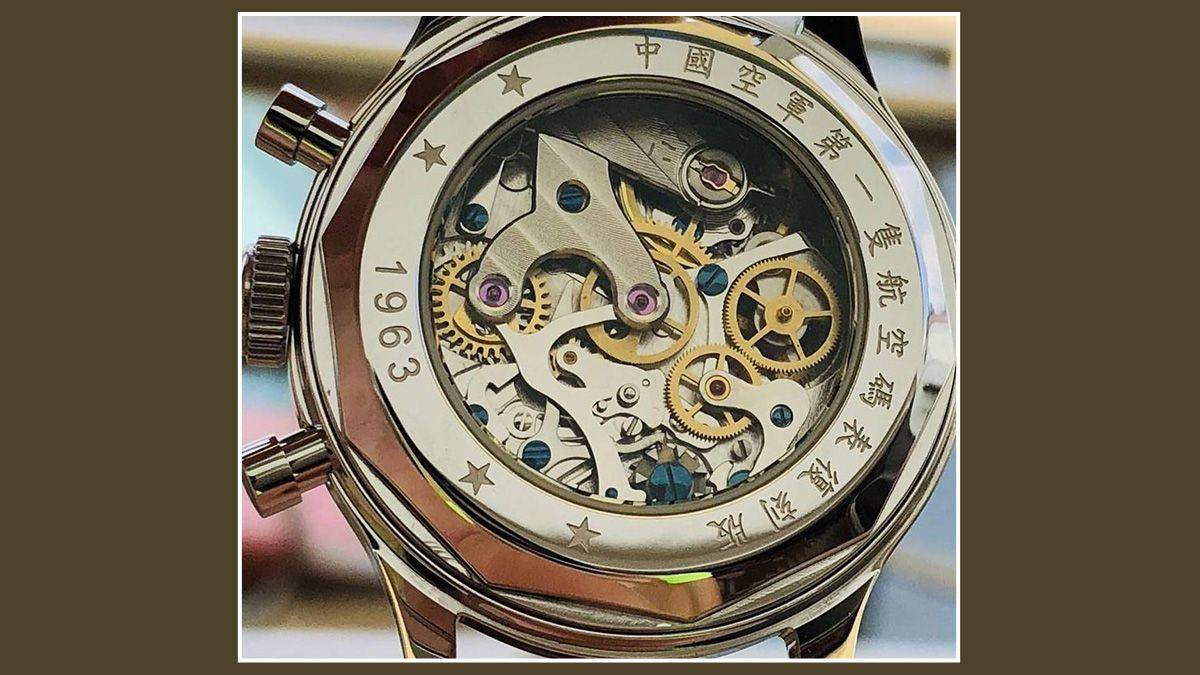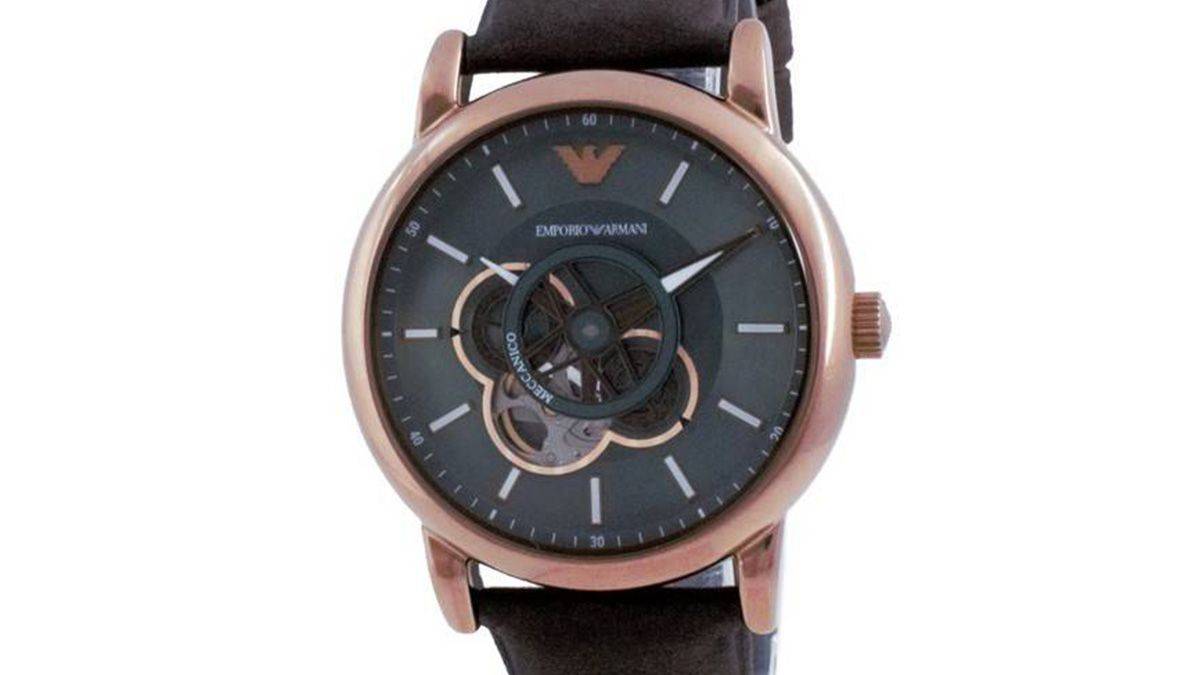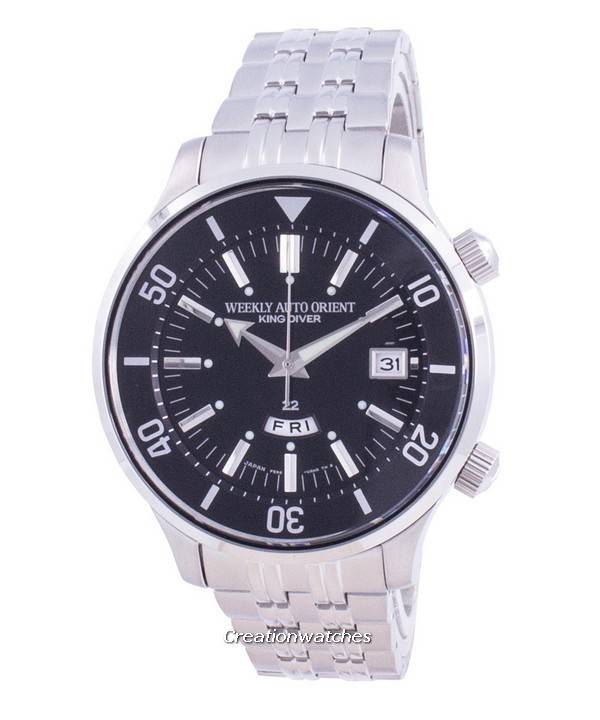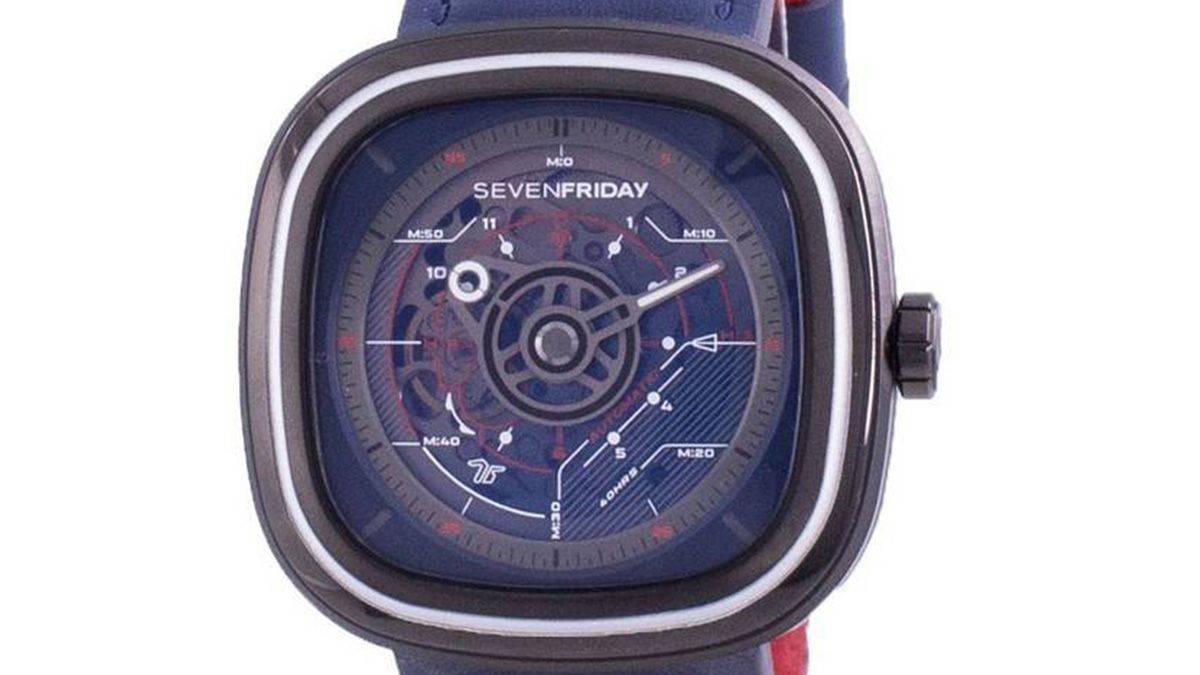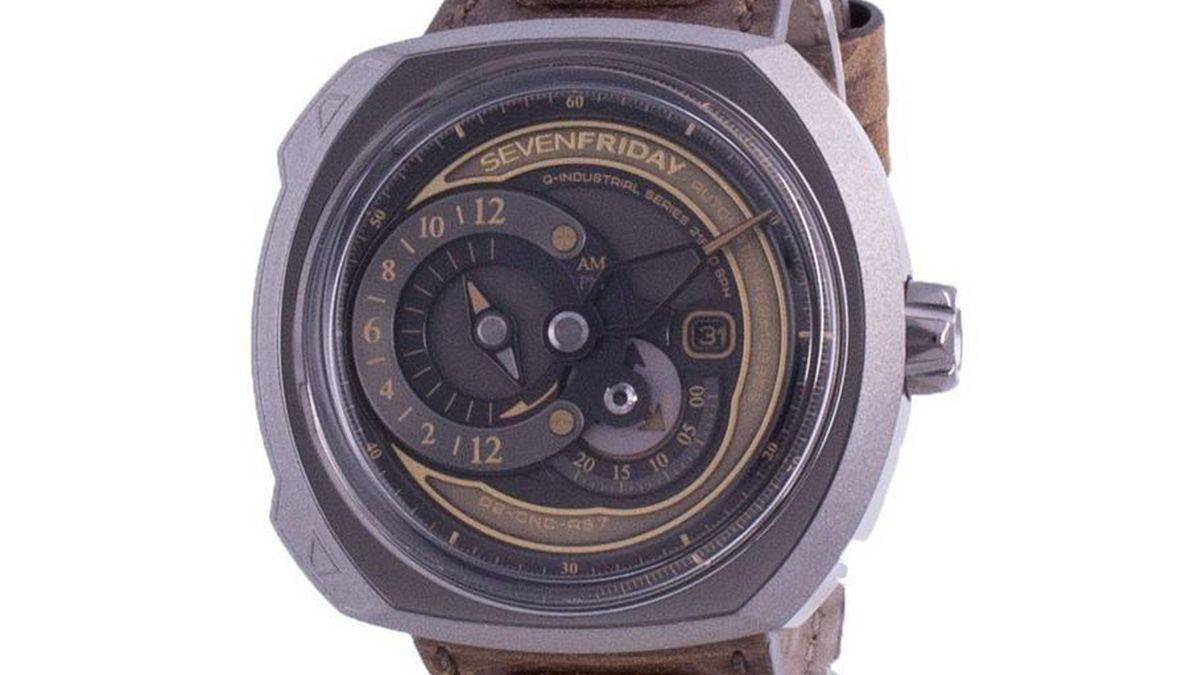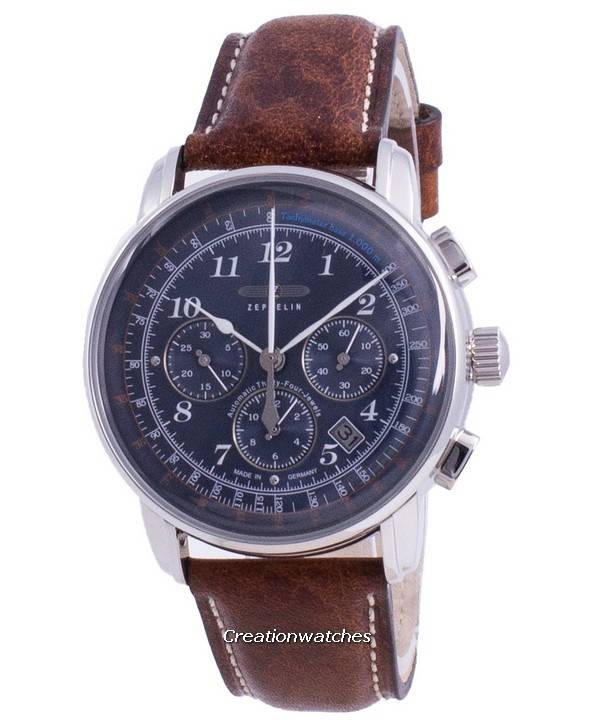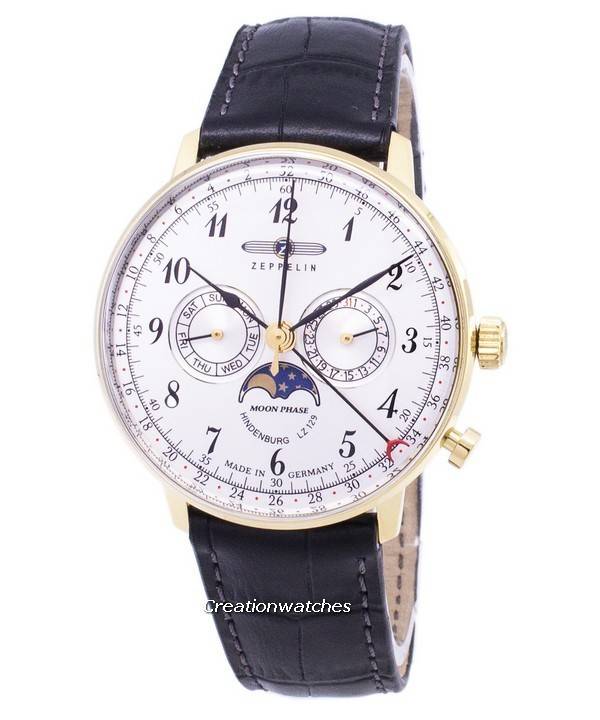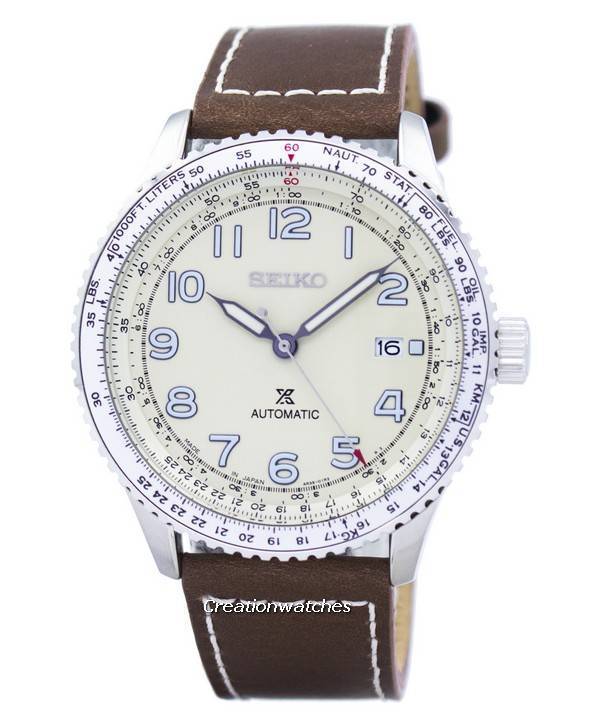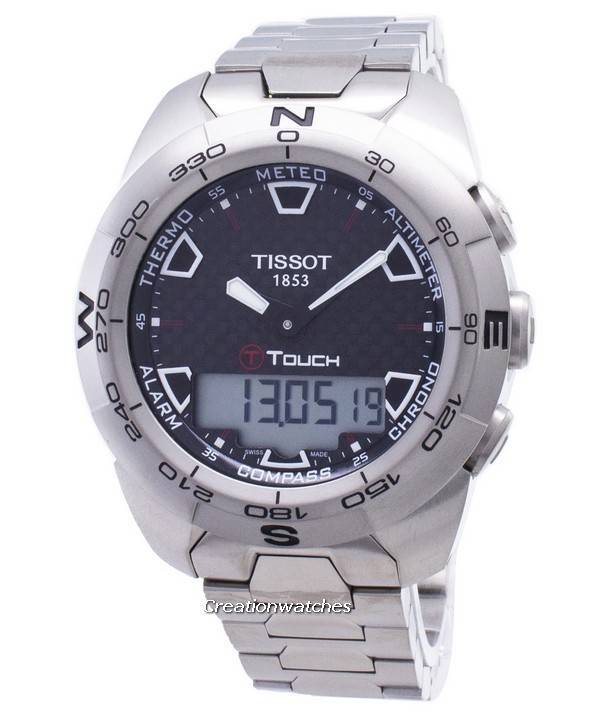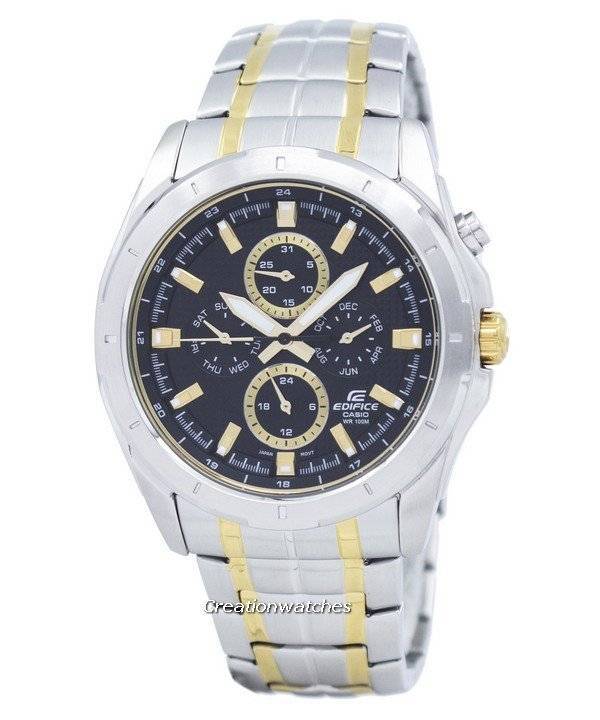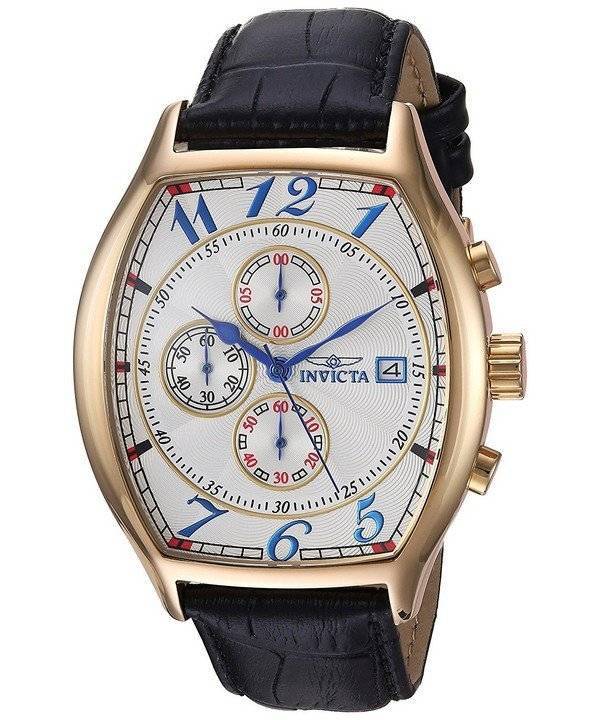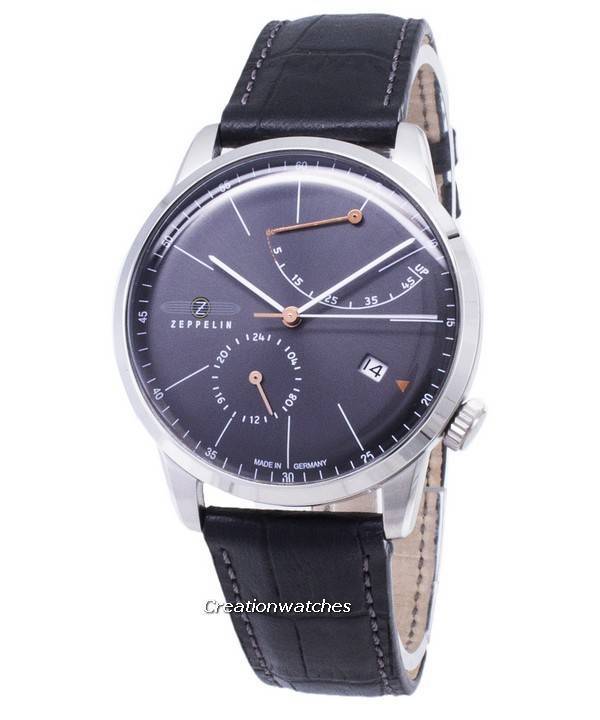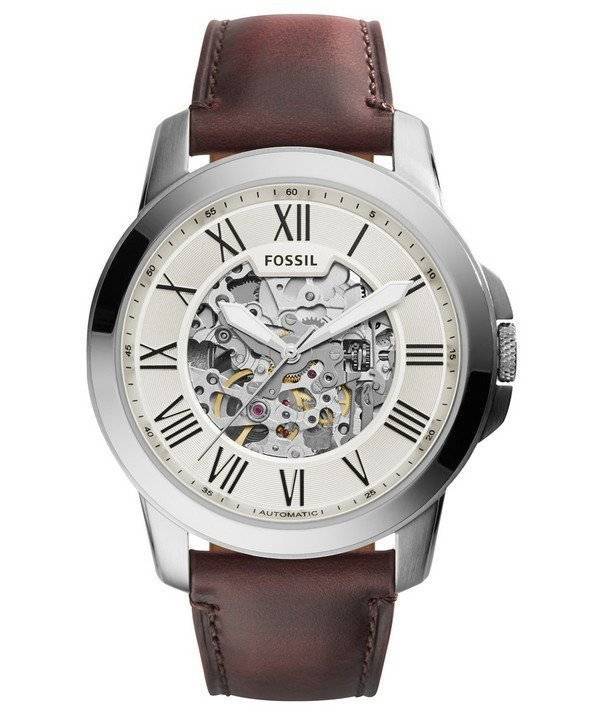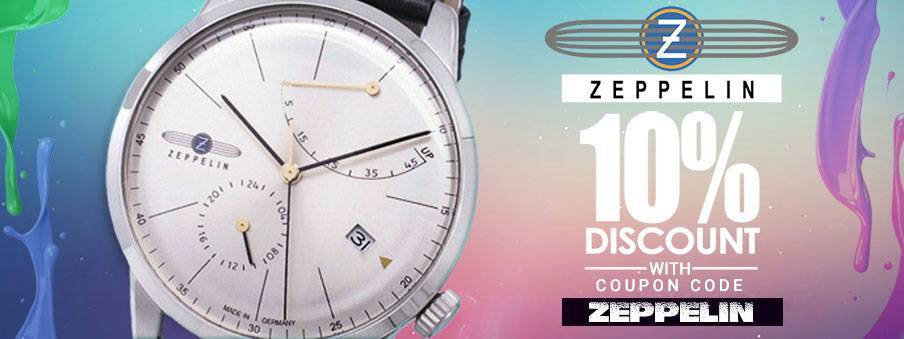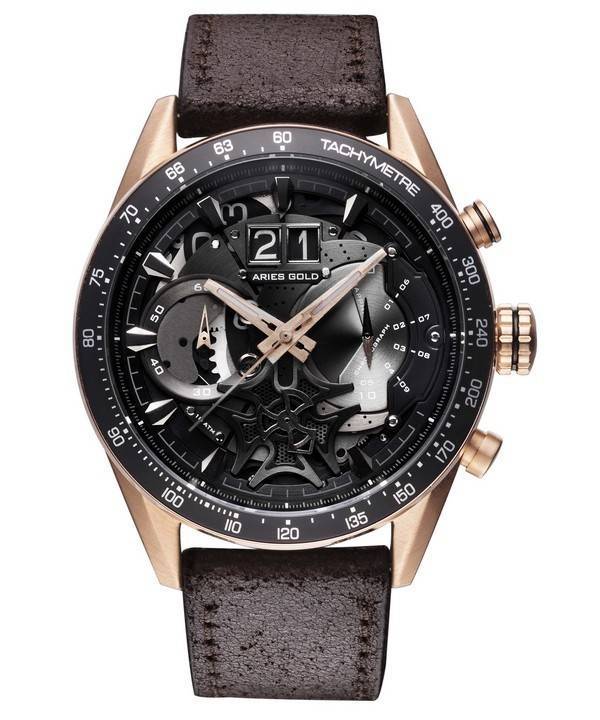
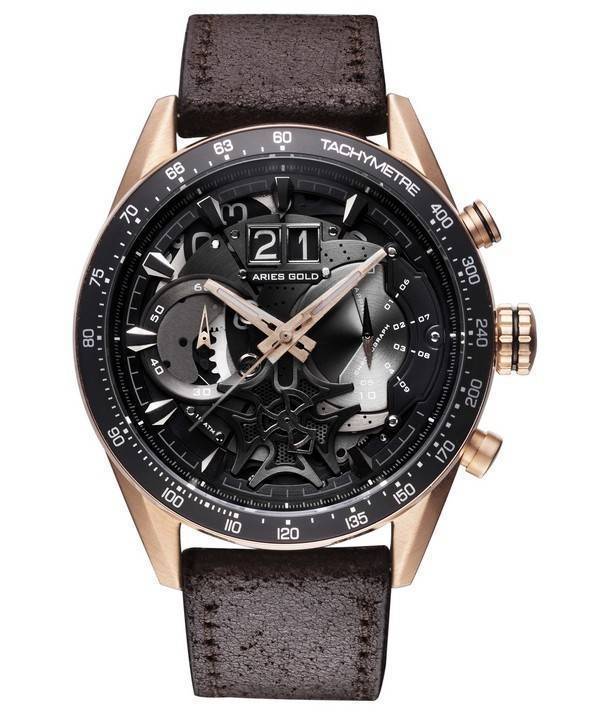 While I could only speculate about a substantial chunk holding Hesalite dear to their heart, there is no doubt about Sapphire being the crystal of choice for an unlimited number of people. The watch industry over the past decade witnessed an accelerated growth and sale due to the introduction of many a new innovations and inventions; those who were skeptical about all things new also got slowly into admiring the marvelous jobs done!
While I could only speculate about a substantial chunk holding Hesalite dear to their heart, there is no doubt about Sapphire being the crystal of choice for an unlimited number of people. The watch industry over the past decade witnessed an accelerated growth and sale due to the introduction of many a new innovations and inventions; those who were skeptical about all things new also got slowly into admiring the marvelous jobs done!
Here’s how a crystal is supposed to work. We all know it, but still.
The crystal, primarily serves for a singular reason: Protecting a watch’s delicate innards from different kinds of damages; from the dust and moisture to sudden impacts and water pressure. Apart from that, a crystal dictates a specific requirement, which is unlike any other component present in a watch and that’s transparency.
On the surface, both Sapphire and Hesalite look great; however, quality watchmakers so far swore by the Sapphire till date. That’s due to many a reason. Other materials that make the glass are Poly(methyl methacrylate) or acrylic; a versatile, tough plastic with twice the resistance to fracturing or shattering compared to normal glass with the privilege of cracking upon stronger impacts and polishing out minor nicks and dents completely. Today’s Hesalite is a better version of the acrylic before that motivated NASA to rule in favor of acrylic for the Speedmaster piece that actually went into the Apollo program by turning down Omega’s offer to swap it with sapphire crystal— then a newer and also a harder choice. NASA determined that acrylic’s failure characteristics are favorable to sapphire’s propensity to shatter, as glass does. The actual reason is: NASA didn’t want a thousand tiny, sharp shards floating in zero gravity.
The Hesalite is not related to the sapphire in any way. It is plastic whereas sapphire is crystallized  aluminium oxide (or collectively, corundum; the same as Ruby when red and blue, yellow or pink sapphire depending upon the color). The crystals used in the watches aren’t natural but lab manufactured. It is synthetic sapphire just like the jewels used in most watch movements. A sapphire’s hardness is only next to a diamond’s and toughness around ten times that of glass. The Hesalite; however, has only a-fourth of the strength of Sapphire.
aluminium oxide (or collectively, corundum; the same as Ruby when red and blue, yellow or pink sapphire depending upon the color). The crystals used in the watches aren’t natural but lab manufactured. It is synthetic sapphire just like the jewels used in most watch movements. A sapphire’s hardness is only next to a diamond’s and toughness around ten times that of glass. The Hesalite; however, has only a-fourth of the strength of Sapphire.
Scratch the acrylic with a hard, sharp object and scratches show up immediately. The sapphire shows nothing due to its tight, crystalline latticework. It holds fast. But Hesalite beats Sapphire in its smoothness; sapphires got steps! The acrylic can be domed far gentler than the rounded sapphire. Unlike sapphire, acrylic doesn’t need to be polished from a solid block. It is meant to form complex shapes with ease and without any machining. This is also why most modern watches house a flat sapphire crystal. It doesn’t require that painstaking polish.
Acrylic crystal is very thin around its edge while sapphire is thicker. The thin edge provides enough compressive strength to maintain the unit’s structural integrity. Milling a sapphire that thin will cause a fracture! Unless, maintained uniformly throughout the entire sapphire piece.
Aesthetically, the Sapphire wins and that’s largely due to the milky band around the edge that the acrylic lacks. ARC coating, too, doesn’t cloud it. The Hesalite is clear edge-to-edge, around its circumference but ARC, here, doesn’t work too well.
Want an organic shape? Go Hesalite!
For eye-candy? Sapphire should be there!
And then your decision hangs in the balance. You think while I go.
Drop a reply and let us know what kind of a crystal appeals to you more. Or, what crystal would be more suitable for a particular watch model.


